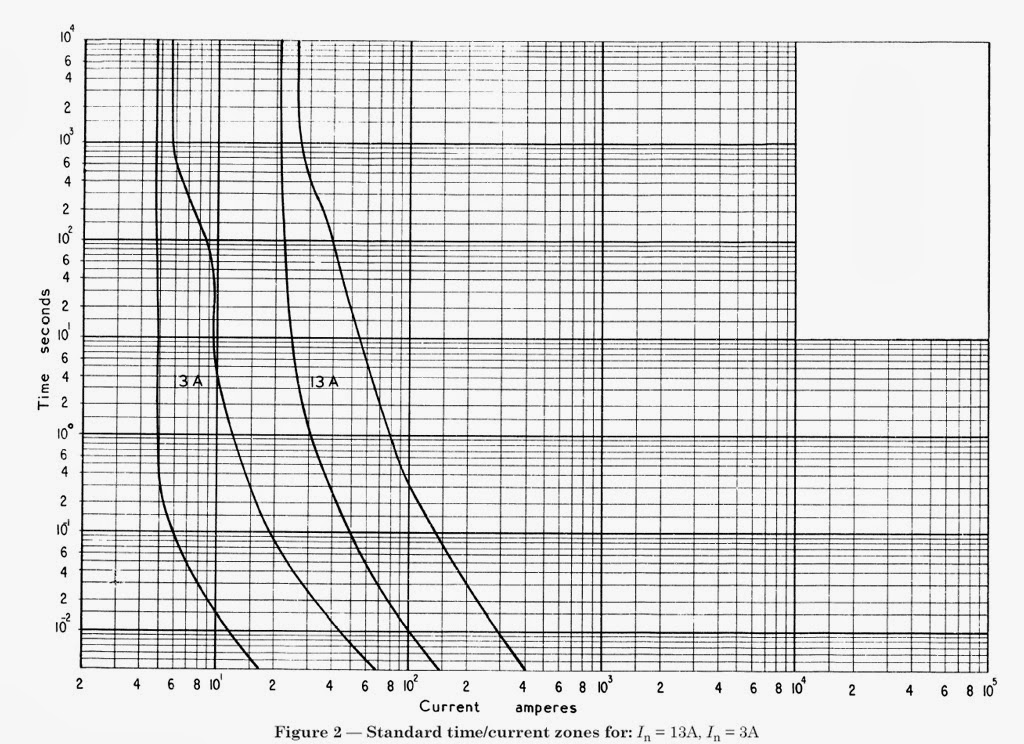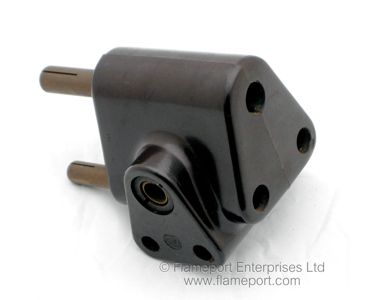Let me start by saying this is NOT about the maximum load of a double socket outlet, that has been done before!
At a recent Elex “seminar” Darren Staniforth from Scolmore made a comment that BS1363 socket outlets were only tested for 8A continuous load. This was news to me because my 1995 version of BS1363-2 says for the Temperature rise test the connected load will be 14A for a minimum continuous period of 4hours or longer until stability is reached and max duration of 8hours.
If I recall the comments at Elex correctly, he then went on to say the latest version of BS1363 made provision for socket outlets to have a continuous load of 13A to cater for equipment like EV chargers ("granny cable") and these “plug and play” 13A hot tubs that seem so popular now. Also that some manufacturers (maybe Scolmore?) were now making socket outlets to accommodate these large loads of long continuous periods.
So my question is, does anybody know what BS 1363-2:2016+A1:2018 says about continuous loads that is different from before? And if there is a change which manufacturers are making socket outlets to the latest standard?

